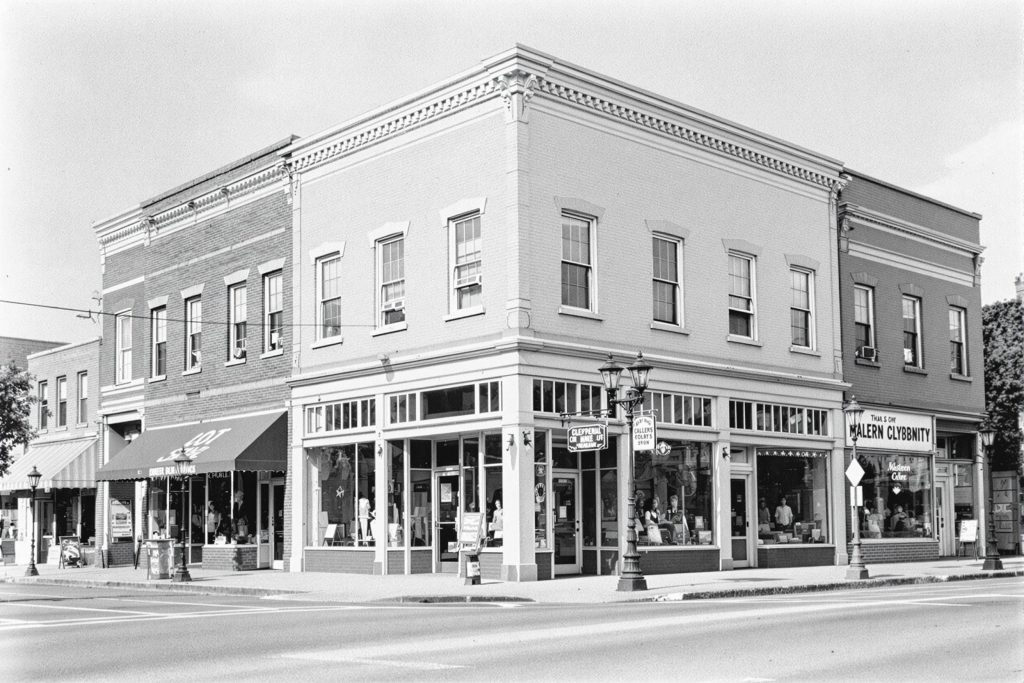
Today, Beaufort is celebrated for its well-preserved antebellum architecture and commitment to historic preservation. The city’s downtown area, with its scenic waterfront and historic homes, attracts visitors interested in its rich past. Beaufort also plays a central role in preserving Gullah culture, with institutions like the Penn Center on nearby St. Helena Island serving as cultural and educational hubs.
In 2017, the Reconstruction Era National Historical Park was established to commemorate Beaufort’s significant role during Reconstruction. The park includes sites such as the Old Beaufort Firehouse, which serves as a visitor center, and Camp Saxton, where the Emancipation Proclamation was first read to a gathering of freed slaves in South Carolina.
Beaufort’s enduring legacy is a testament to its resilience and dedication to honoring its multifaceted history. From its colonial roots to its pivotal role in American history, Beaufort remains a vibrant community that cherishes its past while looking toward the future.
The region’s recorded history began with Spanish explorer Pedro de Salazar’s landing between 1514 and 1516, making it one of the earliest European contacts in North America. British colonists established Beaufort in 1711, naming it after Henry Somerset, the 2nd Duke of Beaufort. Initially, the town grew slowly due to conflicts with Native American tribes and threats from Spanish forces in Florida. However, by the mid-18th century, Beaufort had become a hub for shipbuilding and agriculture, particularly rice and indigo cultivation.
During the antebellum period, Beaufort thrived economically, largely due to the success of Sea Island cotton plantations. The wealth generated positioned Beaufort as one of the richest towns in the United States at the time. Its elite society earned it the nickname “Newport of the South,” reflecting its cultural and economic stature.
In November 1861, Union forces captured Beaufort early in the Civil War, sparing it from widespread destruction. This early occupation led to the Port Royal Experiment, an initiative where formerly enslaved people managed land, received education, and worked for wages, serving as a model for Reconstruction efforts. Notably, Beaufort native Robert Smalls, who escaped slavery by commandeering a Confederate ship, emerged as a significant political figure, later serving in the U.S. House of Representatives.
The late 19th century brought hardships, including the devastating Sea Islands Hurricane of 1893 and a major fire in 1907, both of which severely impacted Beaufort’s economy and infrastructure. The decline of the phosphate industry and agricultural setbacks further contributed to economic struggles. However, the establishment of military installations, such as the Marine Corps Recruit Depot at Parris Island, and the growth of tourism in the mid-20th century spurred economic revitalization.
HERE Beaufort strives to provide the finest deals, products, and experiences in your local community. It’s all RIGHT HERE, and it’s all LOCAL.
If you notice something that you believe should be here, please let us know. And you’ll notice it soon HERE!
© Copyright 2025, HERECity.com